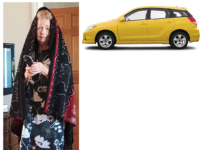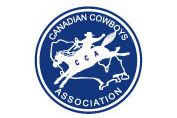SGI
As hard as it is to believe, there are still some people who don’t wear a seatbelt.
Police reported more than 3,700 offences for failing to wear a seatbelt last year. This is in spite of Saskatchewan’s seatbelt law being 40 years old, countless TV ads with crash test dummies flying through windshields, and vehicles that buzz or ding annoyingly when passengers don’t buckle up.
Seriously. How is this still a thing?
Buckling up is the number one thing you can do to protect yourself while behind the wheel. To help drive that point home, February’s Traffic Safety Spotlight is on seatbelts and car seats, and police across Saskatchewan will be looking for people not wearing a seatbelt, wearing one improperly, or not having children properly secured in the vehicle.
“Bucklng up takes only a couple of seconds and dramatically reduces your risk of death or serious injury in a collision,” said Penny McCune, Chief Operating Officer of the Auto Fund. “Even if you’re driving at non-highway speeds, a collision with another vehicle or object will cause your body to fly forward, directly into the steering wheel, windshield, or another passenger.”
Think you can just brace yourself? You can’t.
Coming to a sudden stop at 50 kilometres per hour turns a 70 kilogram person into the equivalent of a 1,400 kilogram projectile. It’s the same impact as falling from a four-storey building.
While most people do wear seatbelts, the small amount of people who don’t are highly overrepresented in traffic deaths. In 2016, 27 per cent of people killed in vehicle collisions in Saskatchewan were either not buckled up or improperly restrained.
Drivers are responsible for ensuring that all passengers under the age of 16 are buckled up, and can be ticketed for each unrestrained child in the vehicle. If you’re caught not wearing a seatbelt or with an unbelted passenger, you’ll face a stiff $175 fine and lose three safety rating points.
You can also be ticketed for wearing a seatbelt improperly. For the seatbelt to protect you as it should, ensure the lap belt is pulled tight over your hips, not your abdomen. The shoulder belt should fit snugly over the middle of your shoulder and across your chest, and not be tucked behind you.
Have a little one travelling with you? As child safety seats can be complicated, parents and caregivers are invited to attend a free car seat clinic to learn how to properly install the seat into their vehicle and ensure their child is in the appropriate seat for their size and age.
SGI recommends these tips to keep you and yours safe:
Always #BuckleUp before driving or riding in a vehicle.
Make sure the shoulder belt fits snugly over the middle of your shoulder and across your chest.
Don’t let children under 12 and under sit in the front seat of a vehicle.
Put blankets and coats over child seat straps – too much bulk under the straps means the seat can’t work properly.
Remember that you should only be able to fit one finger between the harness straps and the child’s chest.
Get the right fit. Visit an SGI car seat clinic or book an appointment with a car seat technician in your community.






